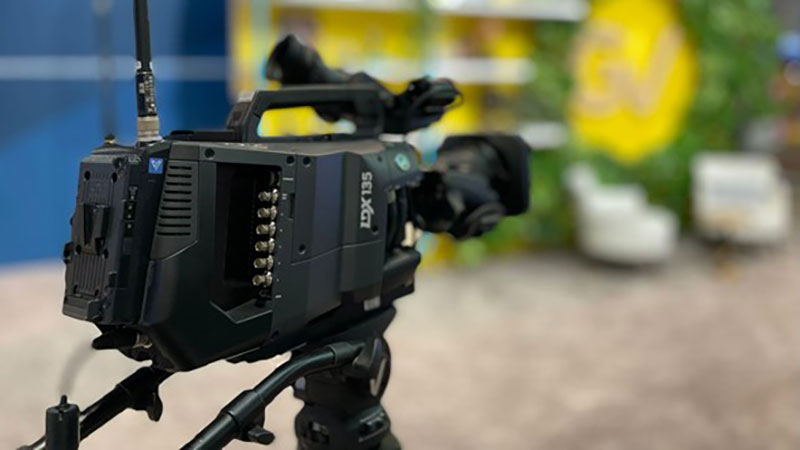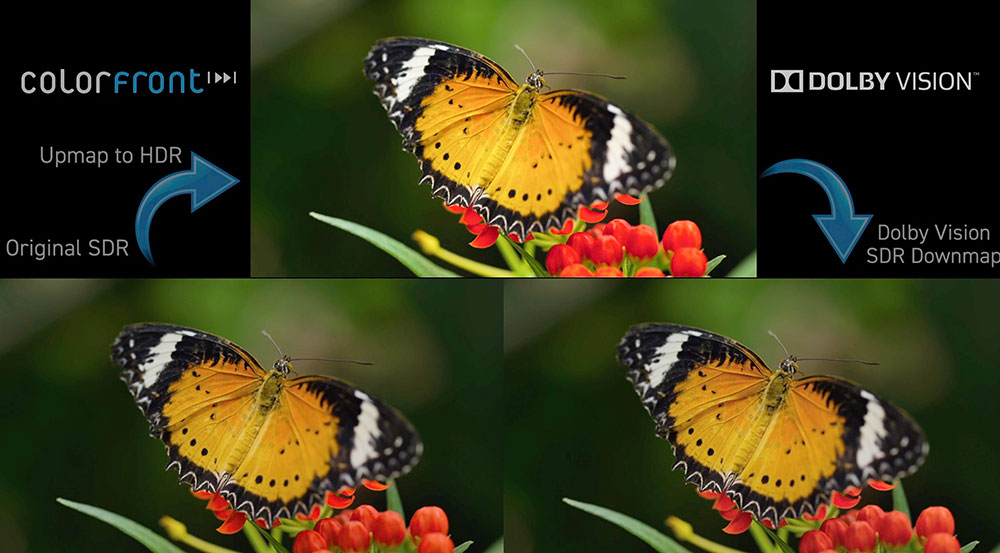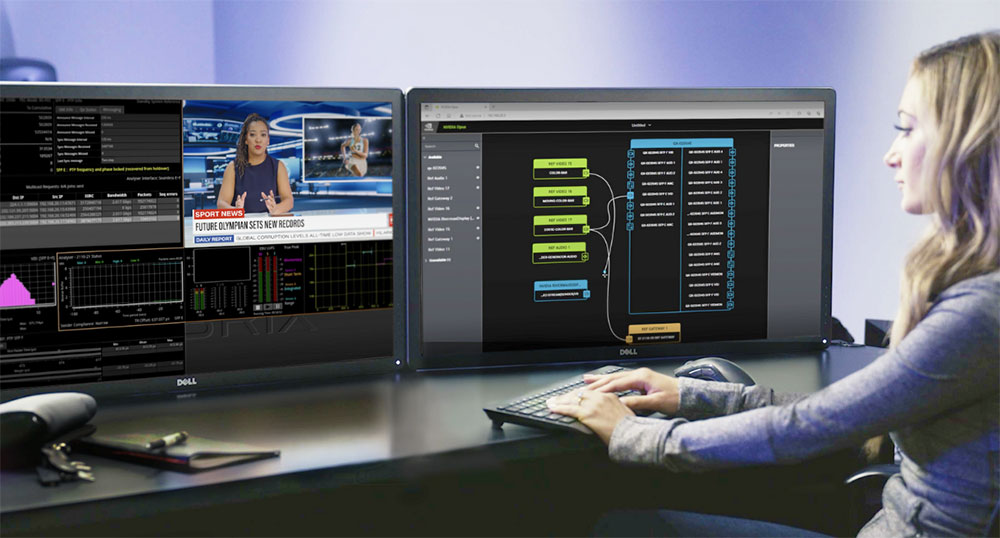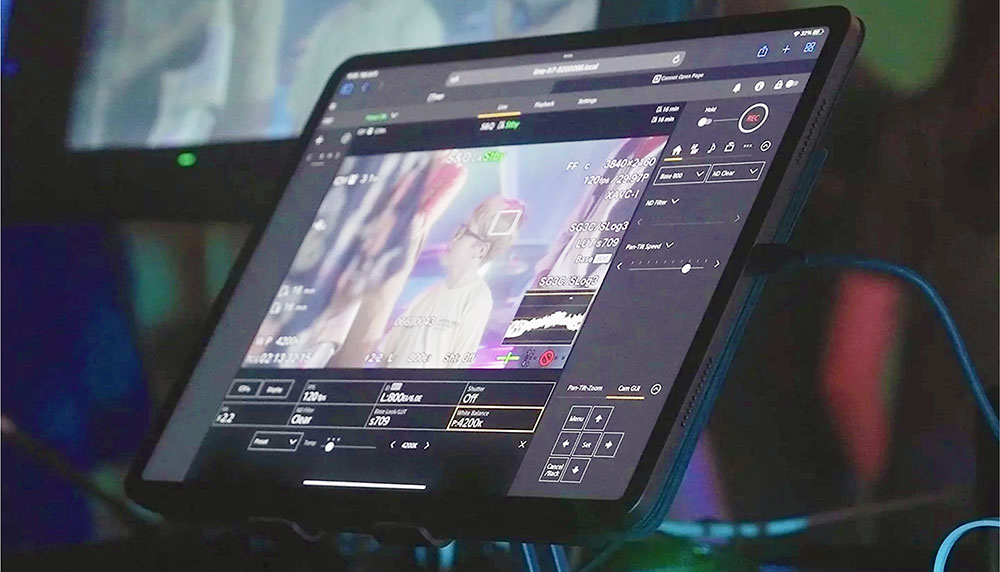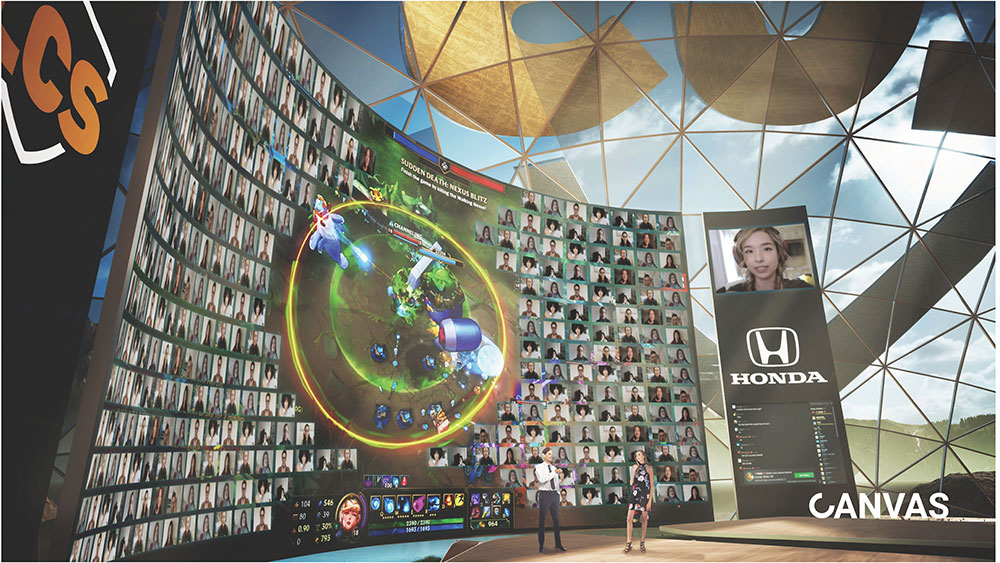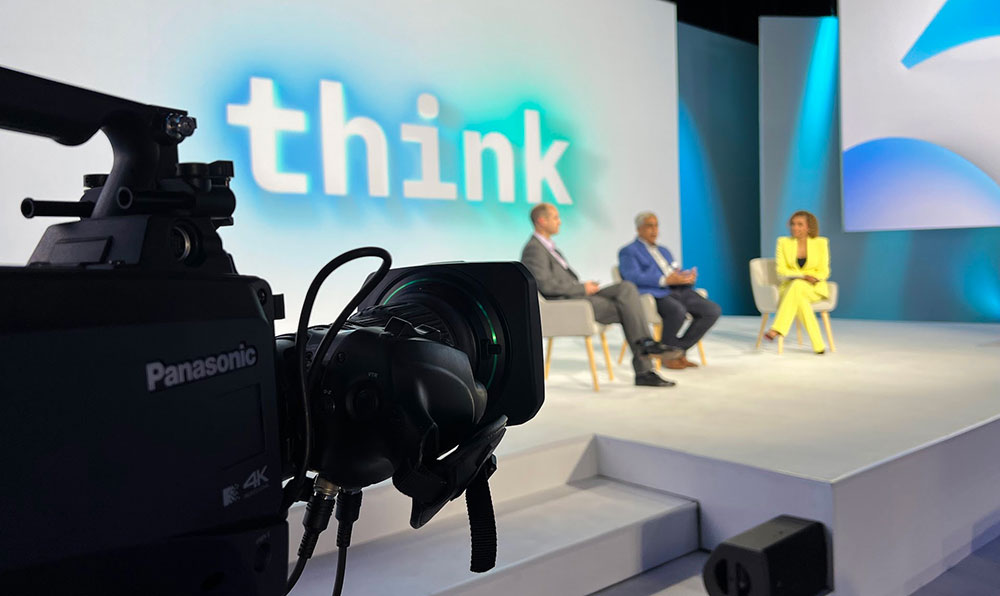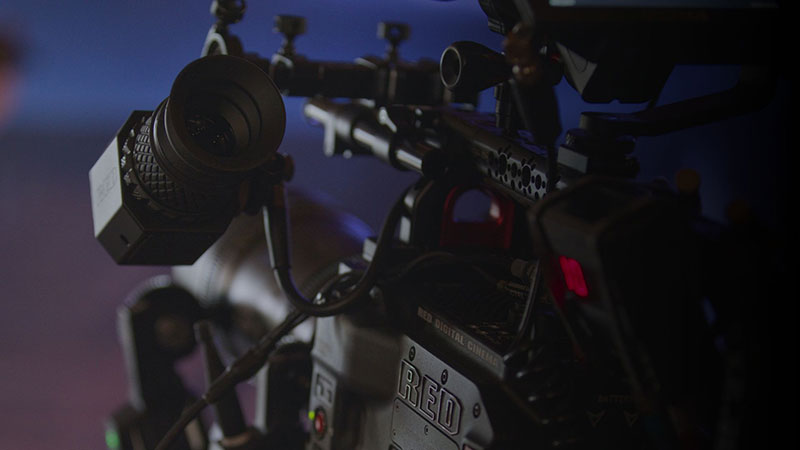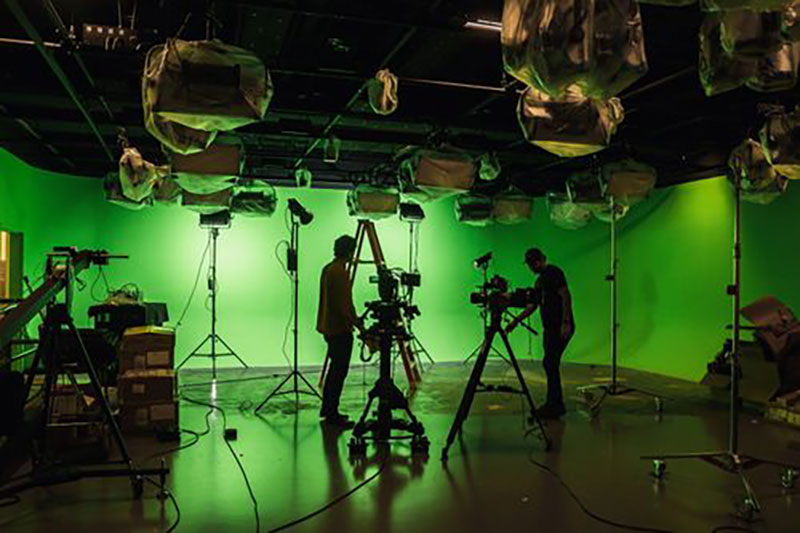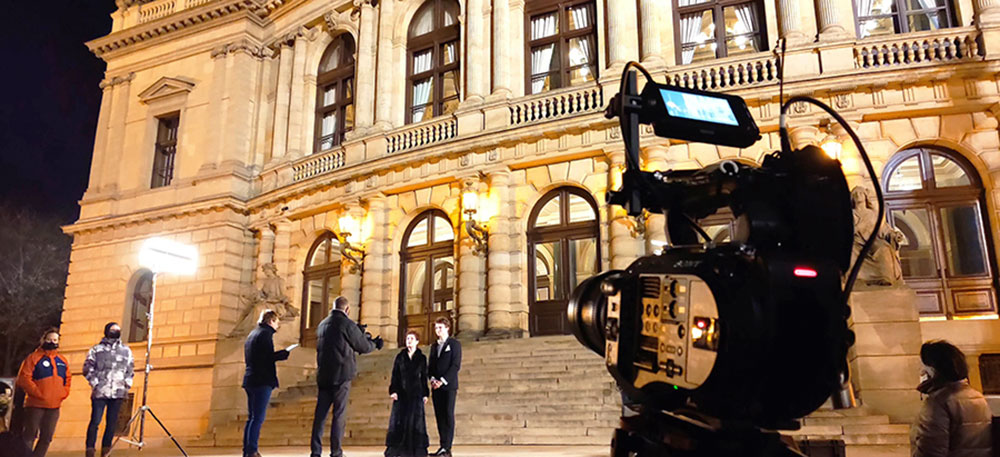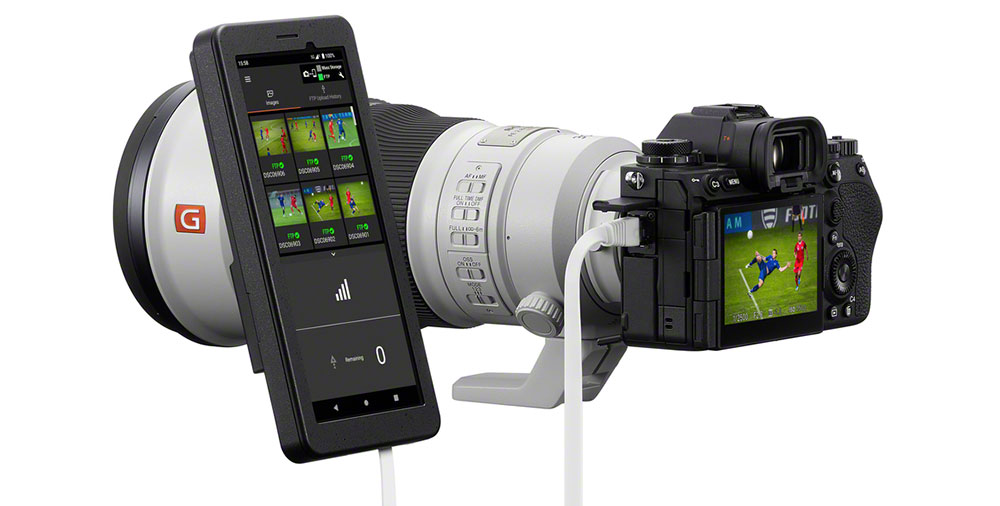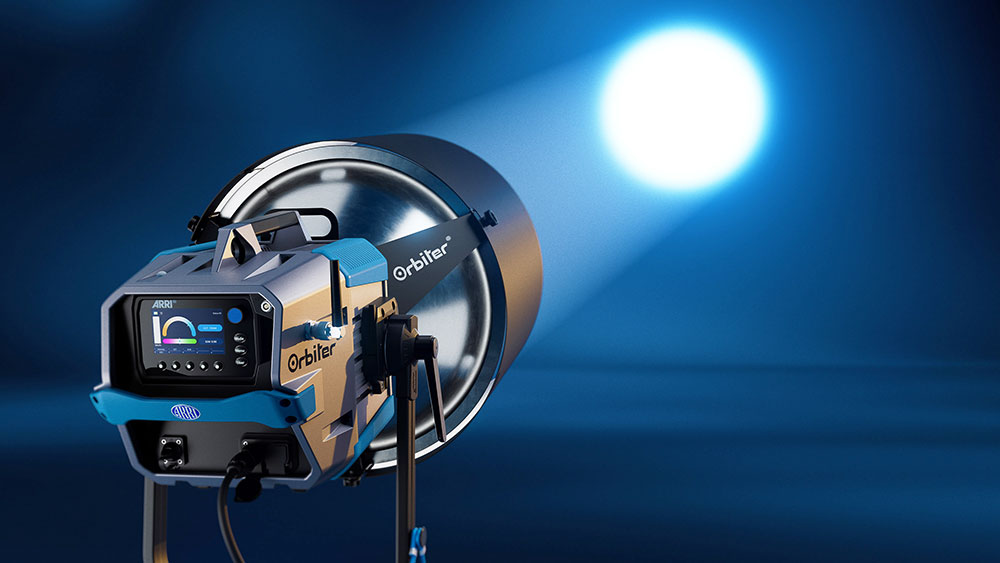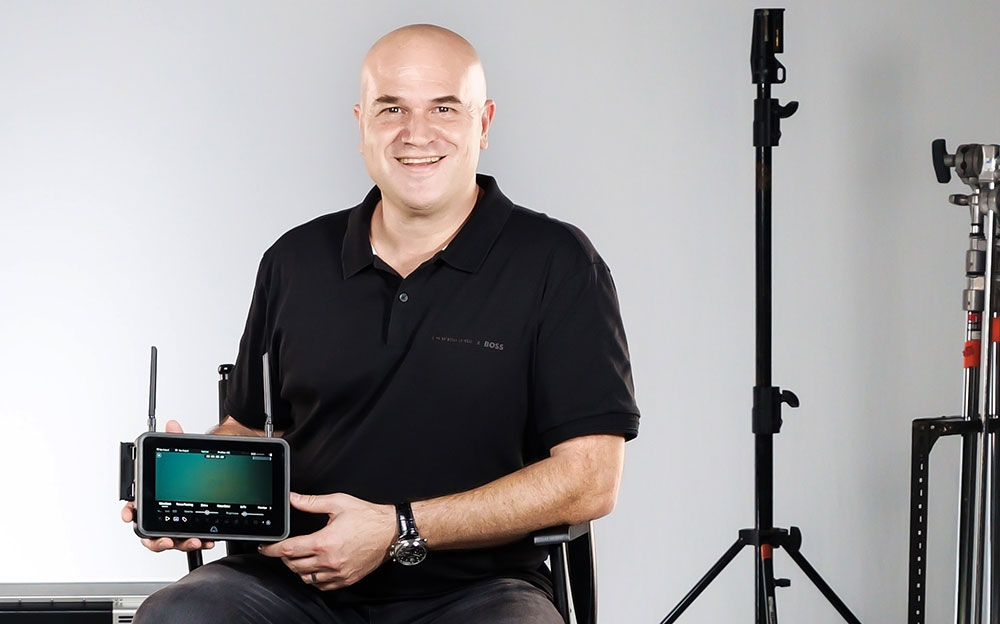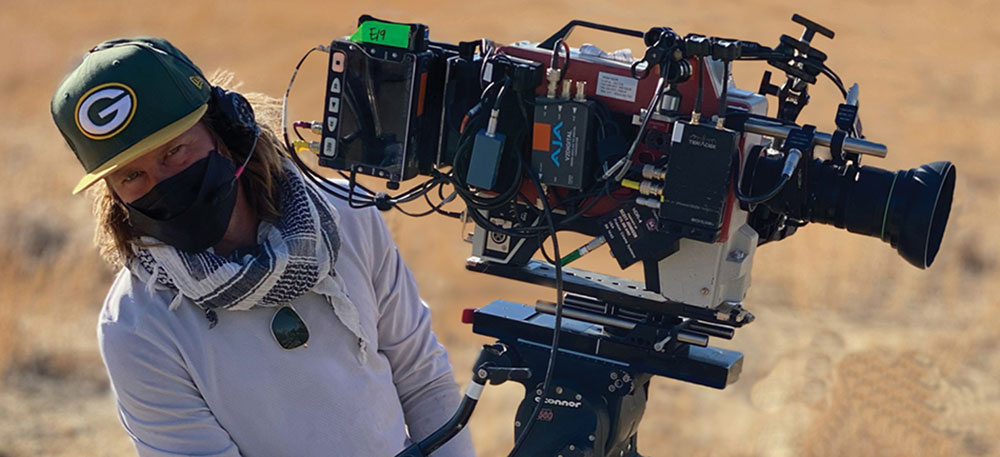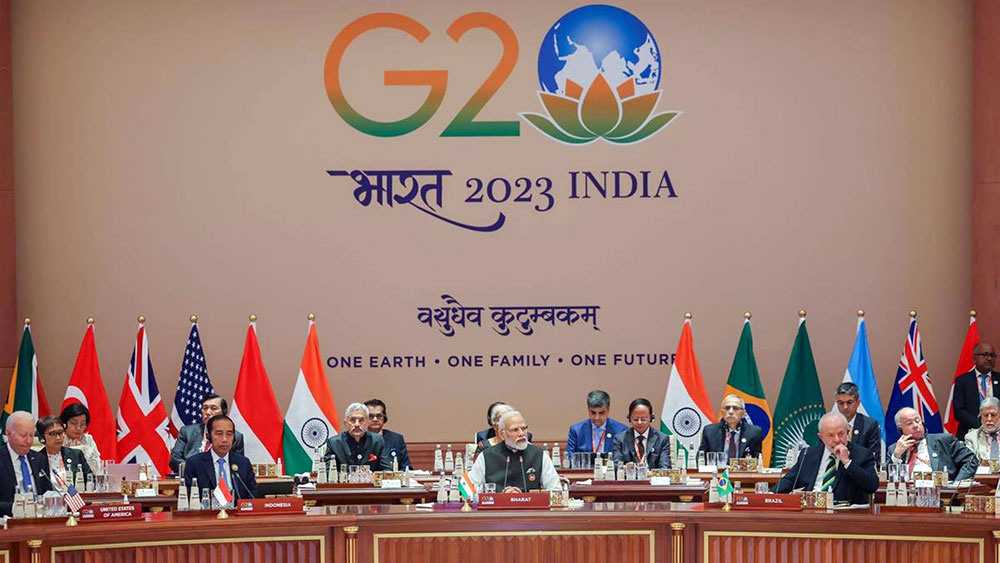Mediahaus used a standalone 5G network to bring low latency live camera feeds from URSA Broadcast G2 from mountaintop competition ski runs to a production team in their OB vehicle.
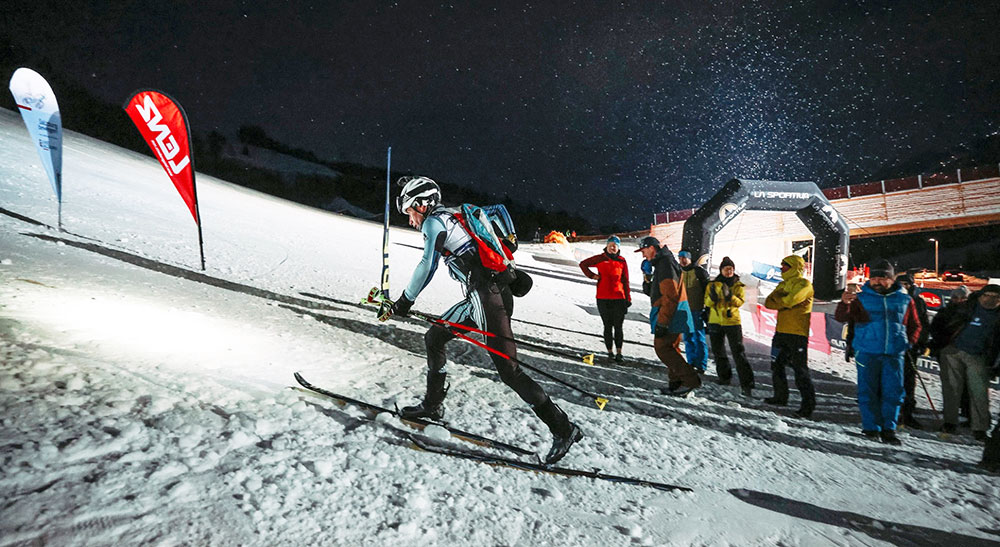
For the past decade, Mediahaus GmbH has been host broadcaster of the Mountain Attack, a ski mountaineering competition held in Austria since 1999. This year in 2024, the Mediahaus team members were able to send live H.264 streams from the Blackmagic URSA Broadcast G2 cameras that served as their mountainside race cameras. Using the SRT protocol, which is optimised for live video streaming, signals were sent down the mountains to its outside broadcast (OB) vehicle in Saalbach, Austria.
Thus, the event became the first real world test of the live broadcast streaming capabilities of the URSA Broadcast G2. Working with Hutchison Drei Austria, Mediahaus used a standalone 5G network to bring live camera feeds at extremely low latency from the mountaintops to the production team and Director Wolfgang Angermüller, who is also Mediahaus CEO, in the OB vehicle.
5G Cellular Infrastructure
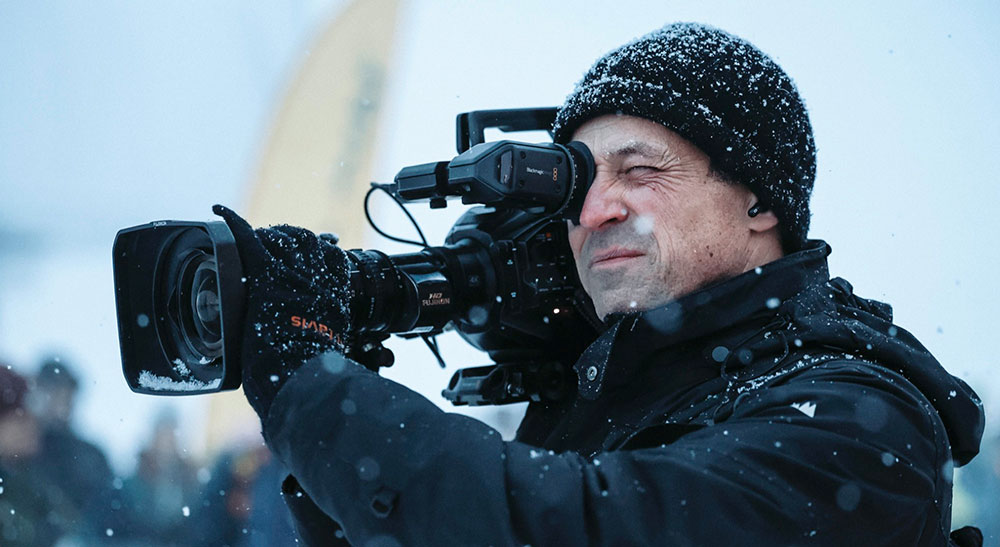
5G standalone is cellular infrastructure built specifically for 5G services by implementing 5G standards and protocols in the radio network and controller core. Although 5G is now often deployed in a hybrid mode, using new 5G radio equipment layered over an existing 4G LTE core, only 5G standalone supports the high-density deployments and ultra-low-latency use cases that make 5G desirable.
“Eleven years ago, when we started working with the race founder Roland Kurz, it was quite a challenge to get two cameras on two summits,” said Wolfgang. “Last year, we set up four cameras on four summits, connecting each through SDI to an encoder, then to an IP connection via a cable modem. We used two mobile cameras on snowmobiles as well, linked by Mobile Viewpoint LiveLink bonded cellular transmitters.” This system was effective but setting up all of the equipment and encoders on the mountaintops took the team two days.
This year's use of SRT and 5G, tested with Hutchison's standalone network, significantly simplified and sped up the process. The tests, conducted in Vienna and then onsite in Saalbach, achieved a latency of just half a second. “We were streaming SRT at 5Mb/s output with a latency of half a second, which is negligible,” noted Wolfgang.
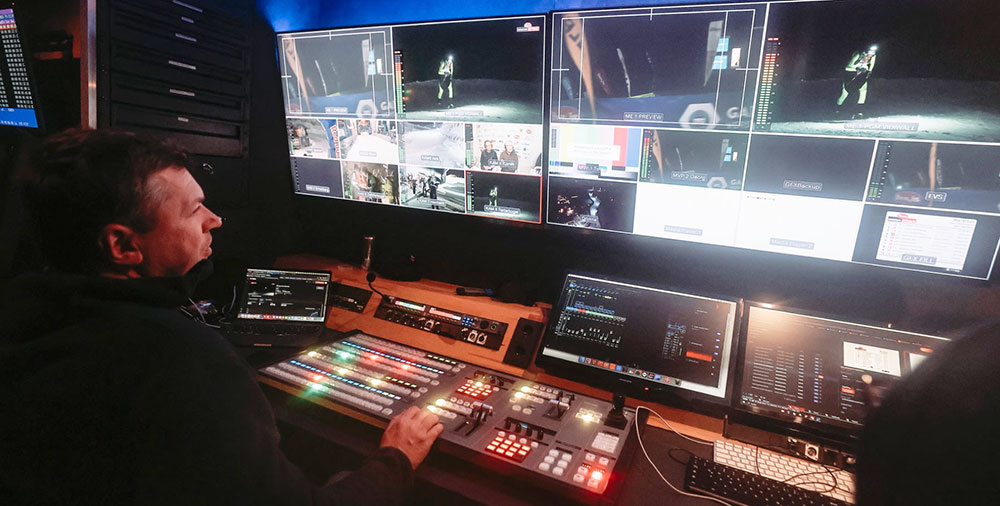
To overcome challenges posed by the mountainous terrain blocking certain 5G signals, tactics included a connection to the Starlink satellite network and backup WiFi access points. Each URSA Broadcast G2 was assigned an ATEM Streaming Bridge converter in the OB truck. Acting as a receiver, these compact video converters could be used to connect an ATEM live production switcher to the cameras’ SRT streams. They can receive a high quality, low data rate H.264 stream from a ATEM Mini Pro, for instance, and convert it back to SDI and HDMI video. Users can send video to remote locations either within a local Ethernet network or over the internet.
Finish Line
At the finish line, the OB gallery employed an ATEM Constellation 8K live production switcher for vision mixing, with the same SRT data link sending camera control and tally signals back up to each camera position. That meant Mediahaus was able to control the cameras remotely, including shading via an ATEM Camera Control Panel. “Having tally lights on the summit cameras to let the operators know they were live was a significant advantage,” said Wolfgang.
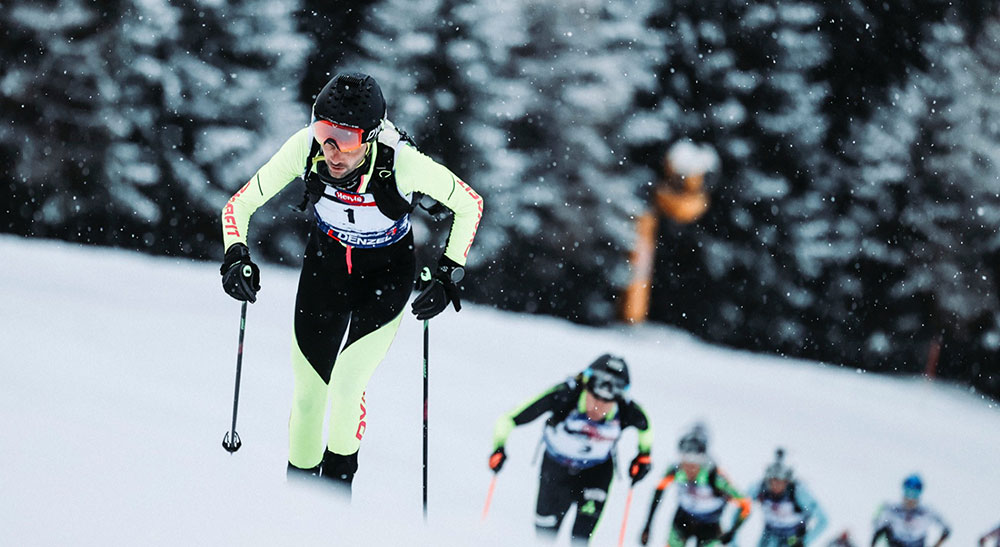
“One of the hardest summits to reach turned out to be the summit where 5G worked without any problems,” he said. “Our operator took his URSA Broadcast G2 and the mobile phone and headed up there. It was so much easier to manage without an encoder and SDI cables. We could just use the camera battery to power the phone. We saved a whole day of working time with this setup.”
Spectators who wanted to wait at the finish line followed the race leaders on a large video wall, while remote fans watched the live broadcast on the Austrian sports streaming platform LAOLA1.TV, YouTube and other social media. www.blackmagicdesign.com





